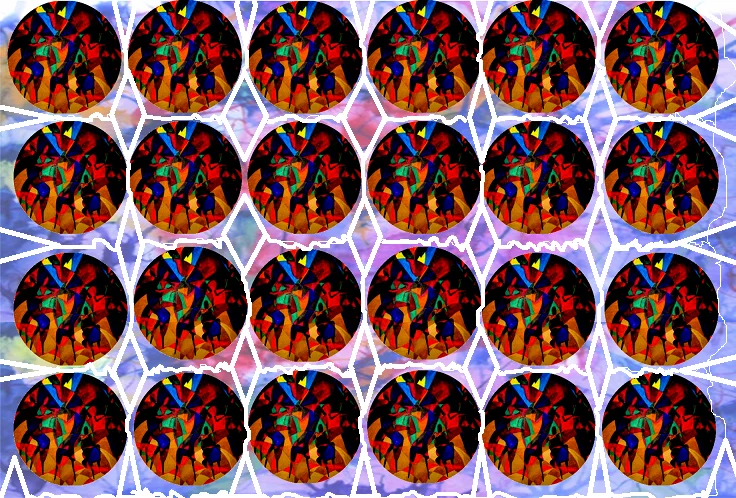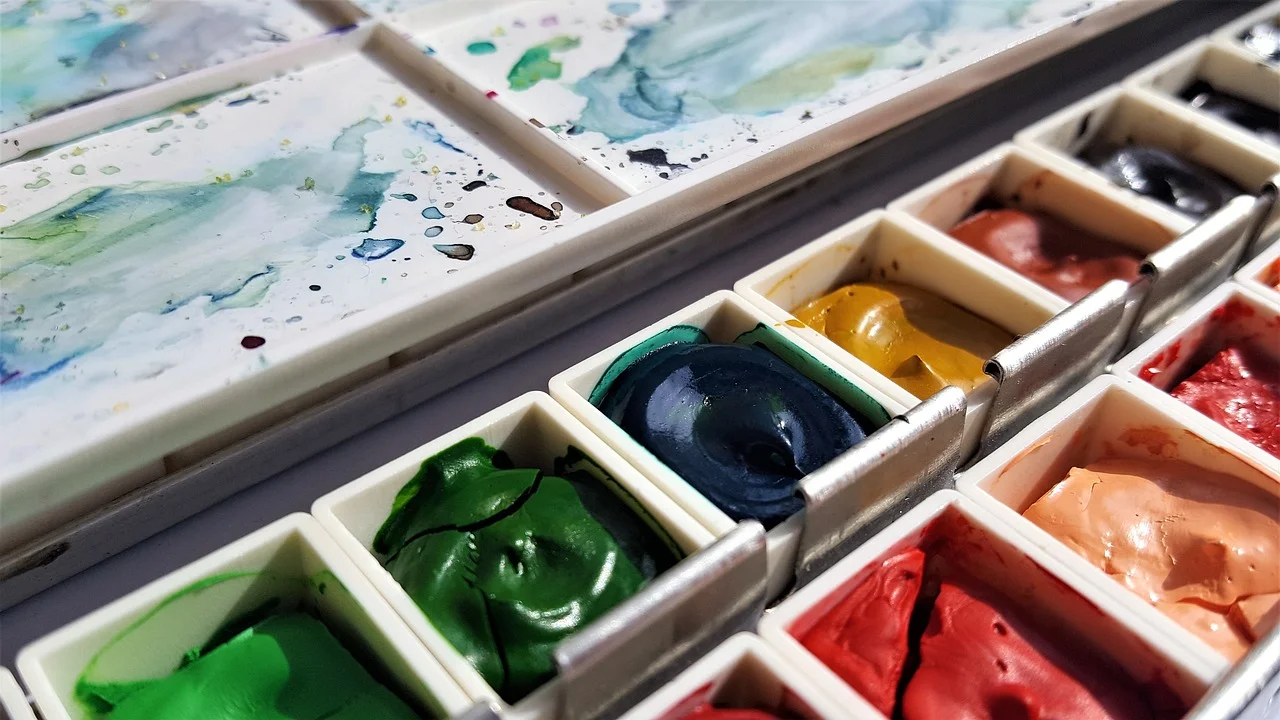
Abstract Art Painting
Abstract Art Painting: A Comprehensive Exploration Abstract art stands as a profound and transfor...

African art painting is far more than a visual craft; it is a profound cultural expression, rich with symbolism, spiritual meaning, and historical context. Spanning more than 3,000 distinct ethnic groups and over 50 countries, african painting is not defined by a single style, technique, or medium. Instead, it reflects a deep fusion of oral tradition, ancestral heritage, political narratives, and personal identity.
While much of traditional African art was created in three dimensions—through sculpture, masks, textiles, and ceramics—painting has emerged over centuries as a powerful voice of continuity and change. From ancient rock paintings to contemporary urban murals, african painting is a vibrant thread in the global art narrative.
The earliest examples of african painting date back over 27,000 years, found in the Tassili n'Ajjer caves in Algeria and the Drakensberg Mountains of South Africa. These prehistoric artworks depict humans, animals, and shamanic rituals using ochres and natural dyes, offering insight into early African cosmology, hunting practices, and spiritual beliefs.
These works are not merely decorative—they served as ritualistic or communicative tools, often linked to trance dances or spiritual journeys by shamans. The San people of Southern Africa, for instance, painted as a way to connect with the spirit world.
In ancient Nubia and Egypt (c. 3000 BCE), painting was integrated into tombs, temples, and papyri, featuring intricate depictions of gods, pharaohs, daily life, and nature. Egyptian wall paintings used mineral pigments like malachite, ochre, and cinnabar, emphasising symbolic colour meanings and flat, stylised figures.
In West Africa, particularly among the Yoruba, Igbo, and Ashanti peoples, painting traditionally adorned shrines, masks, textiles, and walls, often blending abstract geometry with spiritual iconography. The Yoruba used painting in religious rituals, especially on the bodies of initiates and on sacred murals.
Adinkra symbols from Ghana, often seen in textiles, were also hand-painted and encoded with deep philosophical meanings such as wisdom, strength, and unity.
In North Africa, especially among Berber and Tuareg communities, painting merged with Islamic calligraphy and geometric abstraction. Traditional art here avoided figural representation due to religious norms but embraced detailed pattern work, architectural frescoes, and manuscript illumination.
Painting in Central Africa often took the form of body painting, barkcloth art, or pigment-applied masks, notably among the Pygmy, Bantu, and Luba peoples. In East Africa, the Tinga Tinga art movement, originating in Tanzania in the 1960s, transformed the region’s visual identity with its bold, colourful, and whimsical depictions of animals and village life.
Traditionally, African artists used earth-based pigments—such as ochre (red/yellow), charcoal (black), and kaolin (white)—mixed with water, oils, or animal fats. Brushes were made from animal hair, twigs, or feathers. Surfaces included bark cloth, leather, walls, and canvas-like woven mats.
african painting is often symbolic rather than representational. Colours and patterns convey social, spiritual, or moral meanings. For instance:
Red: blood, vitality, or political struggle
White: purity, spirit, or the afterlife
Black: ancestral wisdom or death
Geometric shapes: balance, community, continuity
Figures are often stylised, exaggerated, or abstract, focusing on essence over realism—a visual language prioritising internal truths.
Colonialism severely disrupted African artistic traditions. Many artists were forced into European-style realism, often to produce work for missionary schools or colonial administrators. Indigenous spiritual motifs were suppressed or labelled "primitive."
Despite this, painting also became a tool of resistance. Artists used it to preserve cultural identity, critique oppression, and envision a postcolonial future.
In the mid-20th century, artists like Ben Enwonwu (Nigeria), Ibrahim El-Salahi (Sudan), and Skunder Boghossian (Ethiopia) emerged as pioneers of modern African painting. Their work fused African themes with Western techniques, often blending surrealism, expressionism, and symbolism.
Post-independence movements across Africa saw the rise of art schools, galleries, and exhibitions that redefined African painting as sophisticated and globally relevant.
Today, African painters are reasserting cultural pride by revisiting traditional themes in new forms. Artists like Chéri Samba (Congo) and Ablade Glover (Ghana) use vivid scenes of urban life, while Njideka Akunyili Crosby (Nigeria/USA) merges photo collage with painting to explore identity and migration.
Street art and muralism have exploded in cities like Lagos, Nairobi, and Johannesburg, often carrying political and social messages about youth, environment, or inequality.
The international art market has awakened to the value of african painting. Exhibitions like Dak’Art (Senegal), Art X Lagos, and international biennales have spotlighted rising and established African painters.
Artists such as Amoako Boafo, Lynette Yiadom-Boakye, and El Anatsui have fetched high auction prices and been featured in major institutions like the Tate Modern, Moma, and the Venice Biennale.
african art painting is more than visual aesthetics—it is a living document of heritage, faith, resistance, and evolution. Each brushstroke reflects a continent's soul, deeply rooted in oral history, symbol, and spirit.
As African societies continue to evolve, so too does their art. Whether painted on a rock wall in Namibia, a market canvas in Accra, or a digital mural in Johannesburg, African painting remains a powerful dialogue between the past and the present, between the local and the global.
In embracing African painting, we do not just witness art—we witness Africa itself, in all its dynamic colour, culture, and complexity.
Comments